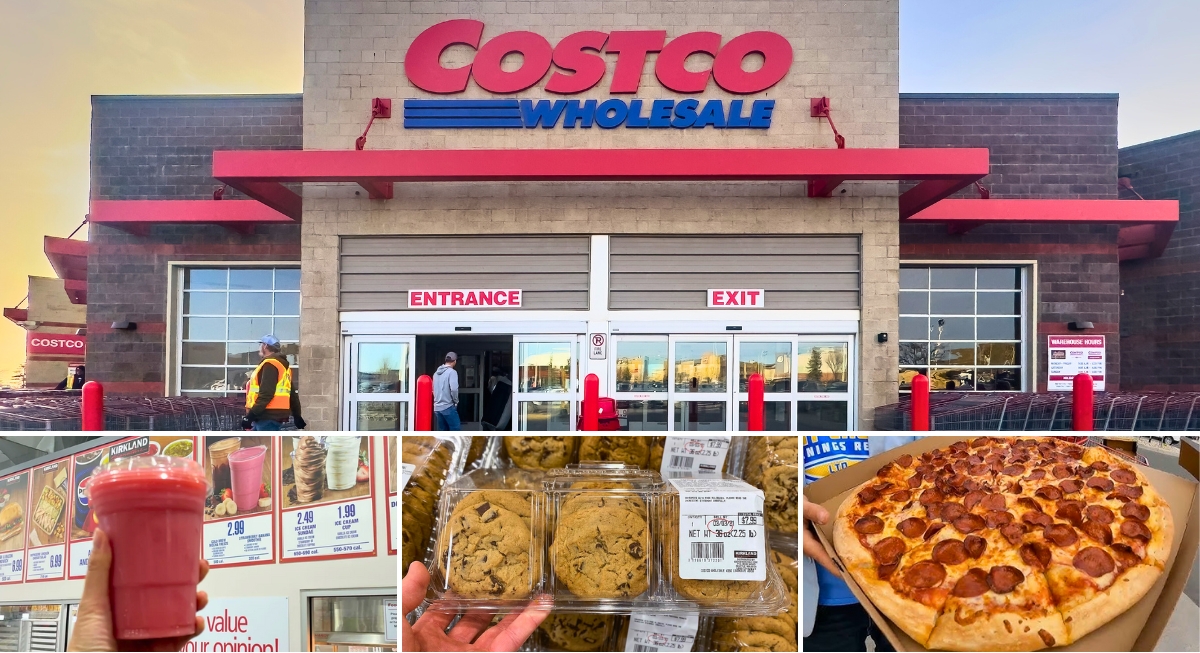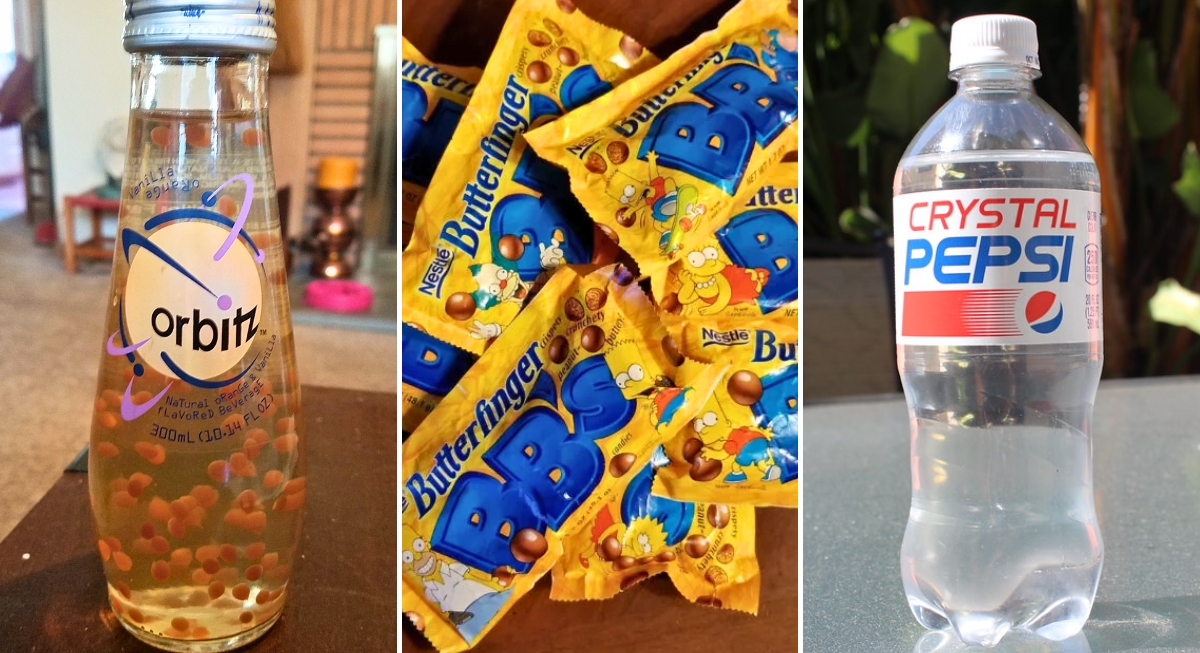Who can forget the joy of peeling back the edges of a Happy Meal box to see what toy was inside? The 1980s were a golden era for McDonald's Happy Meal toys, capturing the hearts and imaginations of kids everywhere. These little treasures were more than just playthings; they were tickets to a world of fun, often sparking a frenzy of trading among friends. Take a nostalgic trip down memory lane and rediscover these gems you probably forgot all about.
Fraggle Rock Vehicles (1987)

credit: Youtube
These colorful, wheeled toys were based on the popular TV show "Fraggle Rock," created by Jim Henson. Children could collect characters like Gobo and Red, each in their uniquely styled vehicle. Honestly, how many of these did we lose under the couch? Then again, these toys were designed to spark imagination, with movable parts encouraging play.
McNugget Buddies (1988)

credit: Youtube
The McNugget Buddies were anthropomorphic characters made to resemble McDonald's Chicken McNuggets. We bet you never thought you’d miss a nugget this much. Each toy came with removable costumes, allowing kids to mix and match outfits and create their own stories. Various themes, including cowboys, firefighters, and mail carriers, added educational value by introducing children to different professions.
Changeables (1987)

credit: Youtube
These toys cleverly transformed from typical McDonald's menu items into robots, resembling the popular Transformers toys. Each Changeable could switch between a food item and a robot, which made them highly popular for their dual nature. The series included items like burgers, fries, and drinks. Ever tried using one as a chess piece? Because we did, and it was hilariously unsuitable.
Garfield Vehicles (1989)
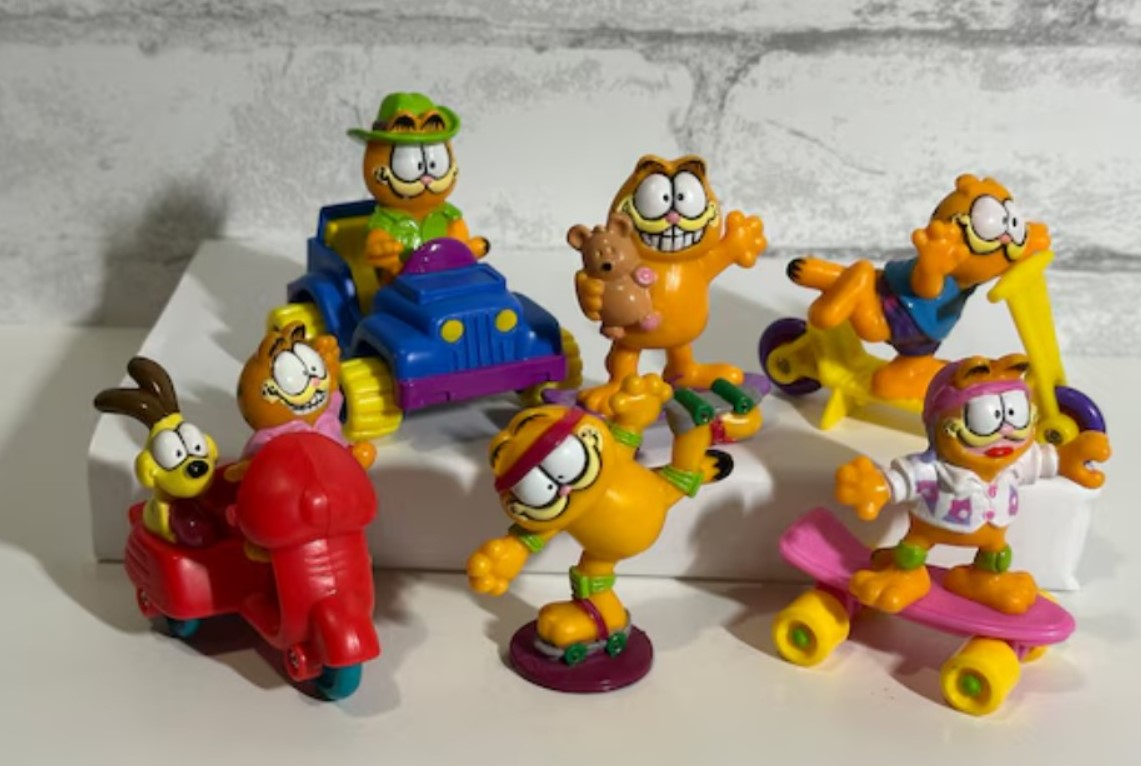
credit: Youtube
Featuring Jim Davis's comic strip character, Garfield, these toys included vehicles like scooters and cars, each with a lazy Garfield lounging on them. The appeal was boosted by the fictional cat’s widespread popularity. He hated Mondays but loved cruising in his little car, which was surprisingly speedy for a toy that came free with your fries. These toys are remembered for their charm and how they encapsulate Garfield's personality.
Muppet Babies (1986)

credit: Youtube
Based on the animated series "Muppet Babies," these toys featured younger versions of the classic Muppet characters like Kermit and Miss Piggy. Don’t lie; you totally had Kermit direct a play at some point. Each toy was designed to stimulate imaginative play, encouraging children to create their own Muppet adventures.
Stompers (1985)
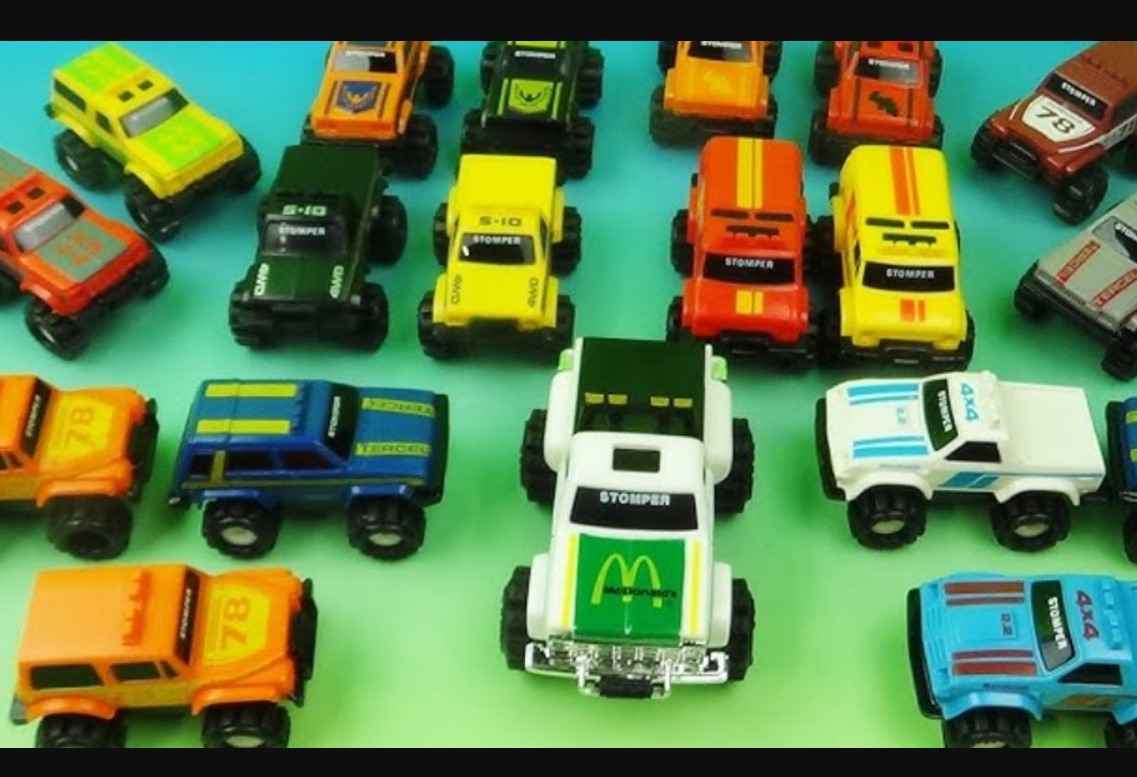
credit: Youtube
Stompers were miniature battery-operated 4x4 vehicles that could traverse rough terrains, like carpets and dirt, making them ideal for indoor and outdoor play. They featured realistic vehicle designs and were a hit due to their ruggedness and ability to move over obstacles. These toys appealed to children interested in cars and mechanics, offering a durable and engaging play experience.
Berenstain Bears (1986)

credit: Youtube
These figures were based on the popular children’s book series by Stan and Jan Berenstain, designed to represent the family of bears in various everyday scenarios. Each toy offered a story snippet or a moral lesson, reflecting the educational nature of the books. Collecting the entire Bear family encouraged family play and storytelling among siblings.
Popoids (1984)

credit: Youtube
Popoids were unique, flexible toys that could be popped, stretched, and connected to form various shapes and structures. They encouraged creativity and problem-solving as children learned how to construct new forms. These toys were also tactile, catering to younger children’s sensory play needs.
Littlest Pet Shop (1989)
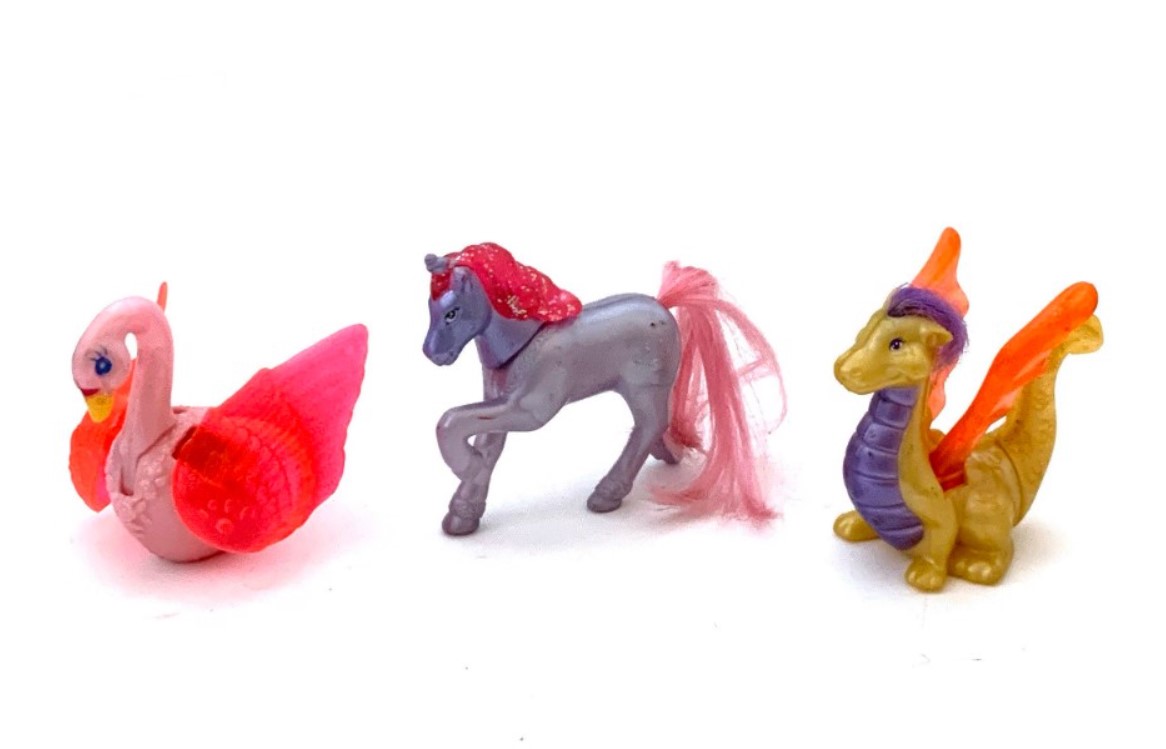
credit: Youtube
These early versions of what would become a highly popular toy line featured miniature animals with simplistic designs. The initial release in Happy Meals included various small pets like cats and dogs, which were less detailed than later versions but cherished for their cuteness. These toys introduced the concept of pet care and collection to many children.
Hot Wheels (1983)

credit: Youtube
The mini die-cast Hot Wheels cars in Happy Meals were replicas of real-life models, offering a blend of play and collectibility. Each vehicle was highly detailed, appealing to both young children and collectors. Every kid knew the rare, shiny one was worth at least three trades. Race you to the playground!
Inspector Gadget (1983)

credit: Youtube
This toy was unique because it required multiple parts from different Happy Meals to assemble a complete Inspector Gadget figure, each part forming a piece of his gadgetry. This promotional strategy encouraged repeat visits to McDonald's, and making the full figure provided a sense of achievement. The toy was tied to the "Inspector Gadget" TV series, enhancing its appeal through media synergy.
Glow Worms (1982)

credit: Youtube
The Glow Worm toys, small vinyl figures with faces that lit up when squeezed, were designed to be both a toy and a nightlight for young children. Their soft, durable construction provided comfort at night and was safe for bedtime. The Glow Worms were part of a larger series of toys that promoted soothing and sleep-time rituals.
Peanuts Characters (1984)

credit: Youtube
These toys featured characters from Charles M. Schulz's "Peanuts" comic strip, such as Snoopy and Charlie Brown, on skateboards and scooters. It was always a pleasant surprise to see Charlie Brown actually succeeding at something, even if it was just staying balanced on a skateboard. Their designs not only promoted physical activity but also tapped into the widespread recognition and love for the "Peanuts" series.
Cabbage Patch Kids Figurines (1989)

credit: Youtube
These mini-figurines were based on the popular Cabbage Patch Kids dolls. Each Happy Meal toy was styled after the unique, hand-stitched appearance of the full-sized dolls, a cultural phenomenon during the 1980s. The toys helped to introduce the concept of adoption certificates and unique identities, mirroring the larger dolls’ marketing strategy. Did anyone else host tea parties for their Cabbage Patch Kids and other toys?
Starbots (1985)

credit: Youtube
Starbots were futuristic robot toys that could be transformed into vehicles. They were designed to spark interest in science fiction and technology among young children. Each toy featured modular parts that could be rearranged to create different configurations, promoting logical thinking and creativity in constructing new forms.


